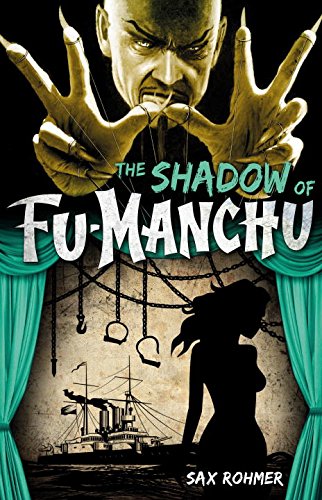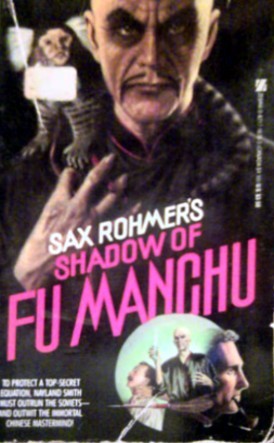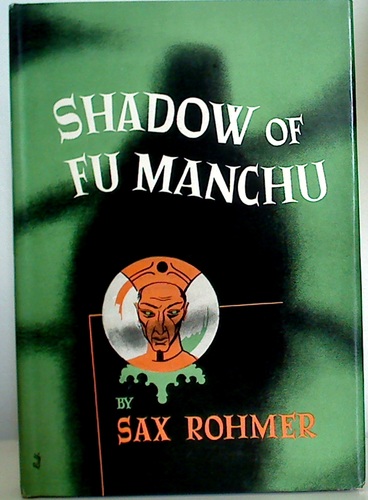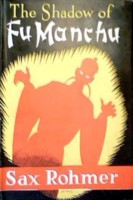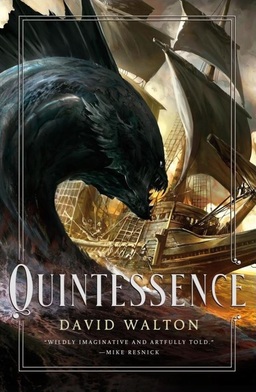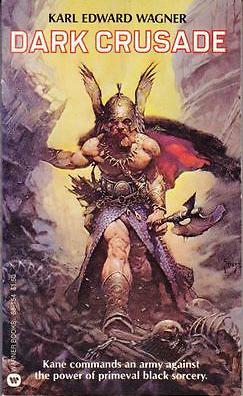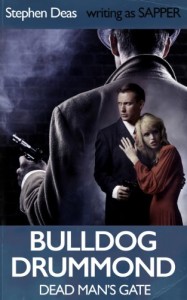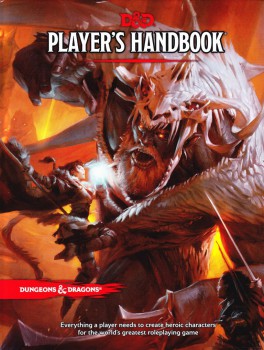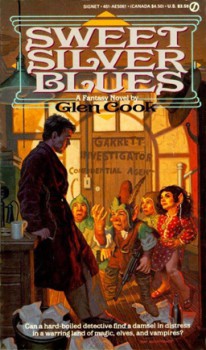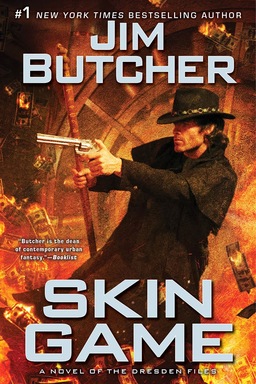When Words Are More Powerful Than Weapons: The Reader of Acheron, by Walter Rhein
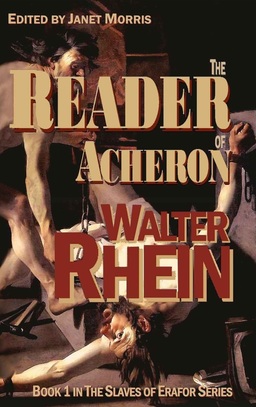 “Beneath the rule of tyrants, monsters may become heroes.”
“Beneath the rule of tyrants, monsters may become heroes.”
Walter Rhein gives us something different in the way of heroic fantasy – a story set in a future world where it is forbidden to learn to read, forbidden to teach people to read. In the hierarchy of Erafor, reading and writing has been outlawed for decades, though basic iconography is allowed for the sake of keeping records.
The mysterious and powerful Seneschals are charged with eliminating all texts and “readers” in this brave new world, a world I hope to never find myself living in. For this is also a world where slaves are kept as animals, and are doped up on a brain-rotting drug called Bliss that keeps them docile, so they won’t rise up and pose a threat to their masters. But one slave, named Kikkan, manages to murder his master and mistress, and eventually escape to explore his world, in search of freedom, knowledge, and understanding.
But he chooses not to kill the slave owners’ children, and thus they vow revenge. This is not only the story of Kikkan’s murderous revolt; it is also the story of his education and his growth as a character and as a human being.
And then there’s Quillion, a rebellious soldier patrolling the border just north of the lands of Acheron, who also commits murder when he kills his buffoon of a commanding officer, a man who risks everyone else’s life but his own. Quillion has a rudimentary knowledge of reading and wants to learn more because there are things he desires to know, and he believes that knowledge is his right to own. When he and Cole, his friend, companion, and fellow soldier are conscripted to help in the hunt for the Reader of Acheron – someone who is teaching people to read, in violation of all the laws of the land – they find themselves caught up in politics, social ideals, and ideas… which are dangerous and what the hierarchy is dedicated to stamping out.
